5 Women Who Ruled New York’s Criminal Underground In 19th Century
In 19th-century New York, where poverty and overcrowding fueled crime, women formed their own gangs and became key players in the city’s criminal world. These girl gangs, often overlooked in history, were involved in everything from theft to protection rackets.
Figures like “Old Mother” and Big Mary challenged the male-dominated crime scene, shaping a unique chapter in the city’s rough past. They used clever strategies to survive and thrive, marking an important, though often forgotten, part of New York’s criminal history.
1. Sophie Lyons
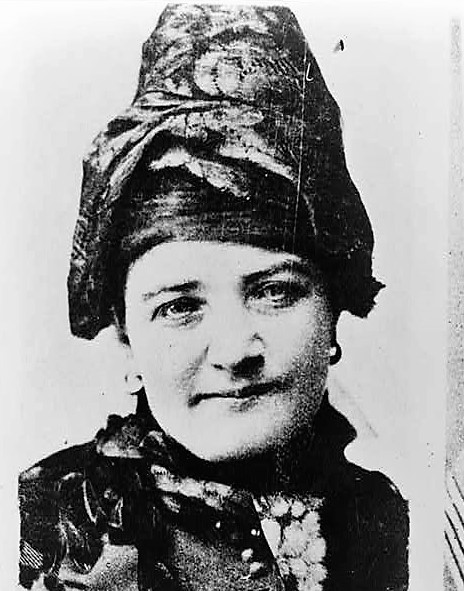
Sophie Lyons (1848 – 1924) arrived in the U.S. as a young Jewish-German immigrant and learned a life of crime from her mother. She initially teamed up with her first husband, Maudy Haris, a pickpocket. Later, she married Ned Lyons, known as the “King of the Bank Robbers.”
Together, they extended their criminal network across major cities like New York, Boston, Philadelphia, Detroit, and even Montreal. A skilled thief, pickpocket, and con artist, Sophie was also a remarkable actress, able to mimic a range of emotions convincingly.
Her connections were strong enough to get Ned transferred to Sing Sing Prison when he was first incarcerated. But in a twist, Sophie joined him at Sing Sing after being arrested for shoplifting in 1871.
A year later, Ned escaped and managed to help her break out as well, and the family fled to Canada. In a moment of irony, Sophie brought her eldest son, George, to court for truancy, demanding he be placed in a facility. He reportedly retorted, “That woman is a thief and a shoplifter. I have seen her steal in Montreal and elsewhere.”
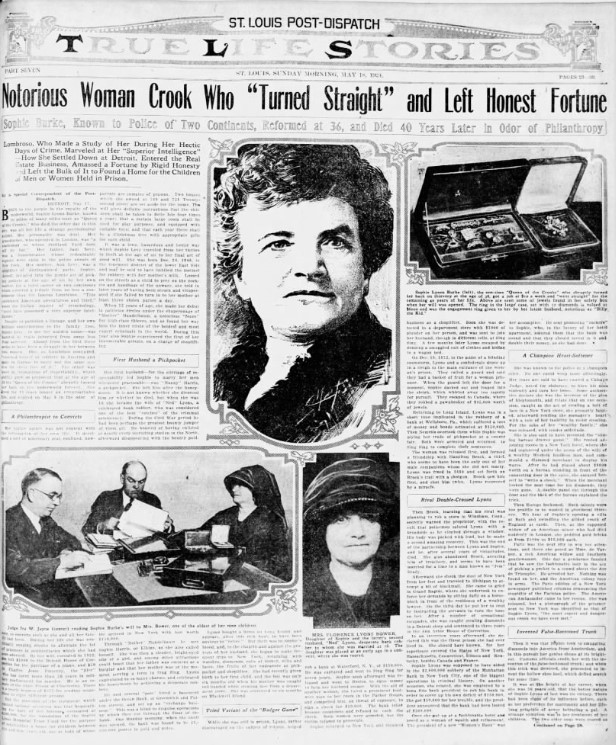
Sophie Lyons married her third husband, Billy Burke, in the 1890s, and together they carried out burglaries around Detroit. By 1895, she was back in New York, where an attempted theft in a dry goods store nearly landed her in custody—though her lawyer managed to keep her free.
Later in life, Sophie shifted focus, dedicating herself to youth rehabilitation and supporting families financially. She also published an autobiography, Why Crime Does Not Pay, in 1913. Tragically, her life ended when three men she’d welcomed into her home, hoping to reform them, attacked her, leading to her death at age 76.
2. Fredericka “Marm” Mandelbaum
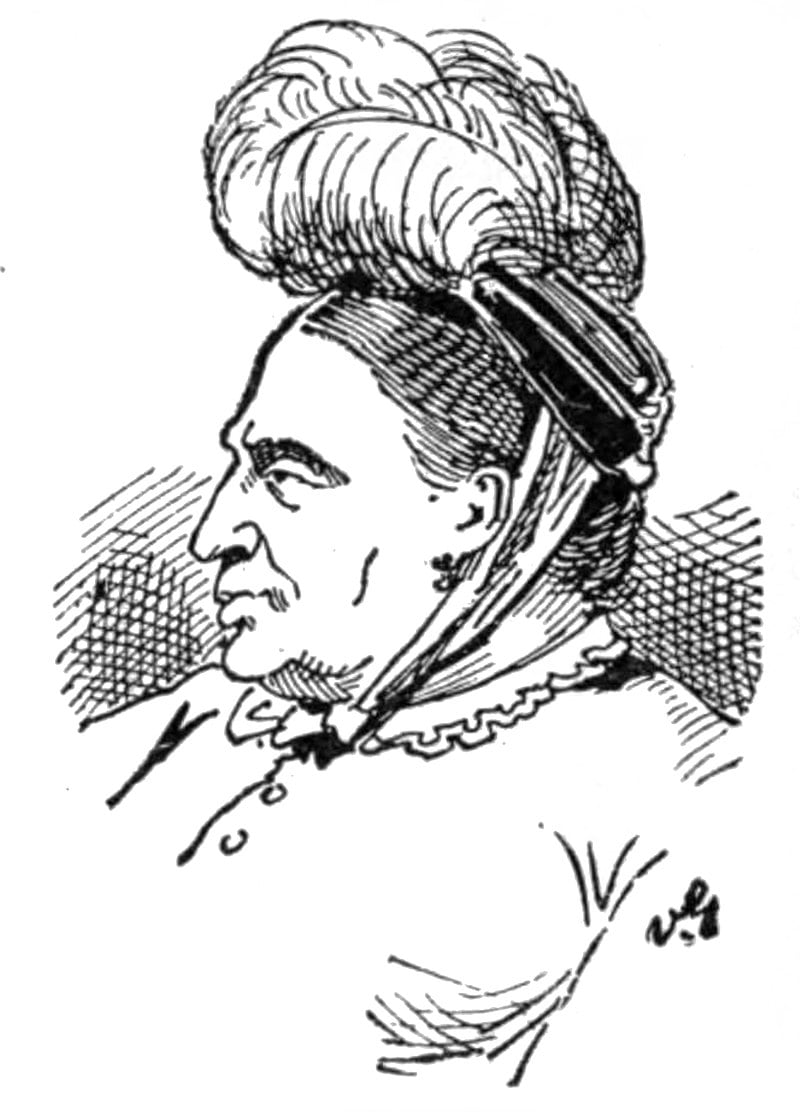
Fredericka “Marm” Mandelbaum, a Jewish-German immigrant, rose to the top of New York City’s criminal underworld during the Gilded Age. In a male-dominated world, she became the country’s top receiver of stolen goods, amassing wealth and power beyond what most women could achieve in business, legal or otherwise.
The New York Times described her as “the nucleus and center of the whole organization of crime in New York City.” Arriving from Germany in 1850, she began her journey by selling goods on the bustling, dangerous streets of the city. By 1880, she had built a fortune worth over $1 million.
Mandelbaum ran her criminal empire with meticulous order. She managed a vast network of criminals from all backgrounds while keeping police, politicians, and even judges on her payroll. If anyone needed help moving stolen goods, protection from the law, or funding for a heist, they would go to Marm.
In 1884, Mandelbaum narrowly escaped Pinkerton detectives watching her home and fled to Canada. She spent the rest of her life there in comfort, living on a farm with her family and wealth. Hundreds came to pay respects at her funeral, though later, many reported their pockets had been picked at the service.
3. ‘Little’ Annie Reilly
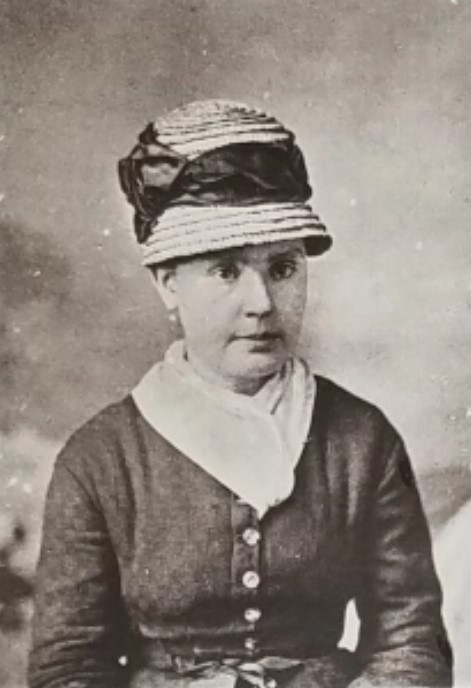
‘Little’ Annie Reilly (1844 – unknown) emigrated from Ireland to New York City, where she quickly became one of America’s most skilled and notorious confidence artists of her time. Fluent in multiple languages and blessed with sharp wit and charm, she was especially adept at targeting wealthy homes. Her approach was to gain the trust of the lady of the house or owner before making off with valuable jewelry and other high-ticket items.
A trusted member of Marm Mandelbaum’s exclusive circle of female criminals, Reilly and her peers would gather socially, often discussing their latest exploits. Though she had many run-ins with the law, each time she served a sentence, she would return to her life of crime. According to Thomas F. Byrnes’s 1886 book, by that time, “she had stolen more property in the last fifteen years than any other female thief in the United States.”
4. ‘Black’ Lena Kleinschmidt
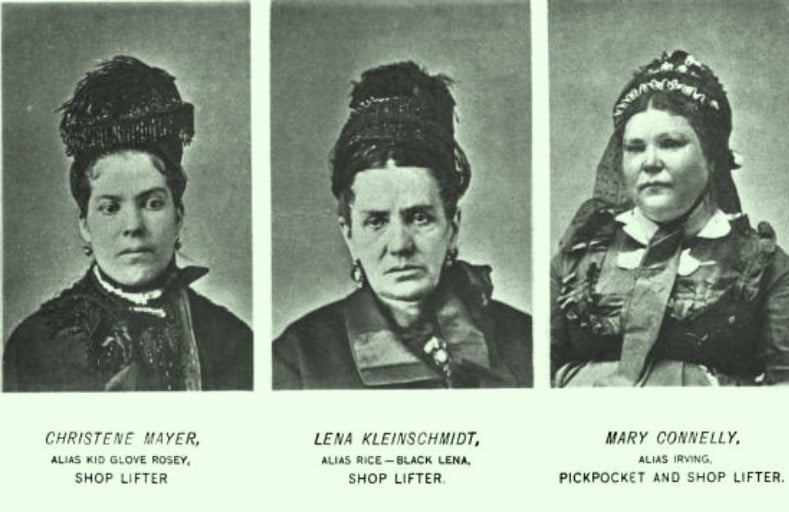
‘Black’ Lena Kleinschmidt (1835 – 1886), a German immigrant, was a close ally of Marm Mandelbaum, and like her, was notorious for her life of crime. Known as a skilled confidence woman, jewel thief, and shoplifter, she often collaborated with “Kid Glove” Rosey (Christine Mayer), another infamous thief.
The two were arrested after a botched attempt to steal silk from a high-end New York store. Following her release, Lena continued her life of theft, later moving to New Jersey where she hosted elaborate dinners, posing as a wealthy widow of a South American tycoon. Meanwhile, Kid Glove Rosey was convicted and served a five-year prison sentence for the silk theft incident.
5. Eliza Wallace
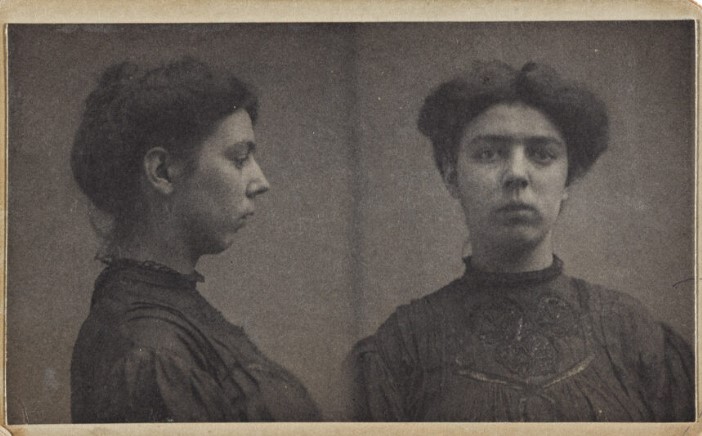
Eliza Wallace, known by multiple aliases like Big Mary, Boston Mary, Eliza Gilford, and others, was a skilled silk thief and a close associate of the infamous Marm Mandelbaum. Known for her talent at stealing high-value goods, she served several sentences at Sing Sing.
However, she often evaded justice, sometimes by jumping bail, and even became a fugitive for over a year until she was finally apprehended in Philadelphia in 1869. Her criminal activities were so widespread that, even while awaiting trial in New York, she faced over half a dozen charges in Philadelphia.

